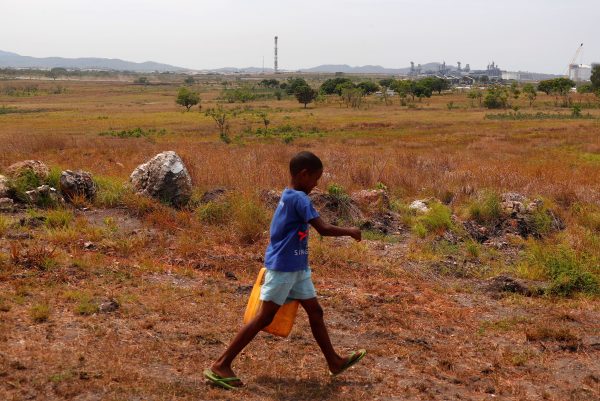A PNG national government initiative, HELP is an income-contingent loan program for tertiary students who cannot afford tuition fees at recognised higher education institutions in PNG. HELP has a zero-based interest rate adjusted annually for inflation with flexibility in repayment once the recipient has graduated and been employed, and aims to provide access to quality education and improve human capital development in PNG. HELP is currently being implemented by PNG’s Department of Higher Education, Research, Science and Technology (DHERST).
In the three years since its implementation, HELP has received considerable funding from the national government. According the DHERST website, 55 recognised higher education institutions have participated in the HELP program since 2020.
In 2022, HELP recipients included 5015 university students (an increase of 1709 from 2020), 2031 teaching and nursing college students (an increase of 1337), and 2655 technical and business college students (an increase from 1451). HELP was also extended to include post-graduate programs such as honours, masters and PhDs.
The number of loan recipients and the total amount allocated as loans to teaching and nursing colleges as well as to technical and business colleges have steadily increased. This is not the case for the total amount allocated to universities from 2020 to 2022. While universities have a lot more loan recipients and loan approvals than the other two types of higher education institutions, there was a significant decrease in the number of loan recipients at universities in 2021 as more students decided to withdraw from studies due to COVID-19.
Since HELP was implemented, the government has given more than 60 million kina (US$16.8 million) to over 11,000 recipients at universities. For college students including post-graduates, a total of more than 40 million kina (US$11.2 million) in loans have been given out to more than 10,000 students. Between 2020–22, DHERST has already approved and given out more than 100 million kina (US$28 million) in HELP loans to over 20,000 tertiary students in 55 recognised higher education institutions across PNG.
Government loans to tertiary students are not new in PNG. The Tertiary Education Students Assistance Scheme (TESAS) is a merit-based scholarship covering 75 per cent of tuition fees, return air tickets and booking allowances for well-performing tertiary students in PNG. TESAS was introduced by former PNG prime minister Mekere Morauta’s government in 1999 as part of his structural reform policy.
TESAS was introduced after students protested against the Morauta government for abolishing of the National Scholarship Scheme. Over the course of TESAS’s implementation from 2000 to 2007, the Office of Higher Education (now DHERST) dispersed more than 6.6 million kina (US$1.8 million) in loans to 3947 students. The government suspended TESAS from 2007 to 2009 due to a lack of repayments by loan recipients. Of the 3947 recipients, only one recipient repaid their loan in 2004. The problem with recouping the money was the lack of coordination among key government agencies to establish an effective repayment mechanism.
TESAS was reinstated as a merit-based scholarship in 2010 and complements HELP. But the biggest challenge for HELP is how the government can establish a repayment mechanism to ensure that loan recipients start repaying their loans once they are employed. As of 2023, no repayment mechanism has been established. The implementation of an effective repayment mechanism would ensure that the HELP loan is self-sustaining and prevent it from suffering the same fate as the TESAS loan program.
HELP loan recipients, including students and graduates in all 55 higher education institutions as well as graduates who are still actively looking for jobs and those that are already employed, need to be aware of how the loan is going to be repaid. A key priority for DHERST and its partner agencies is to ensure all employers in PNG are made aware of the HELP loan’s repayment mechanism.
HELP loan recipients need to take responsibility for repaying their loans once they are employed as the loan is not a handout from the government. The HELP loan has helped reduced financial burdens for parents who are trying to meet the ever-increasing cost of tuition fees in PNG. Its repayment — when done properly — would help benefit future tertiary students who intend to obtain HELP loans to finance their studies.
Moses Sakai is Tutor at the School of Business and Public Policy, University of Papua New Guinea.

